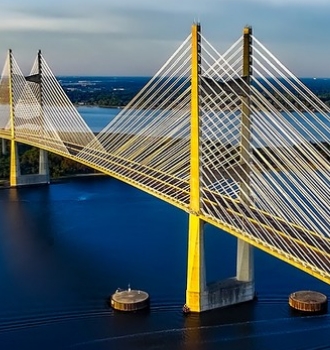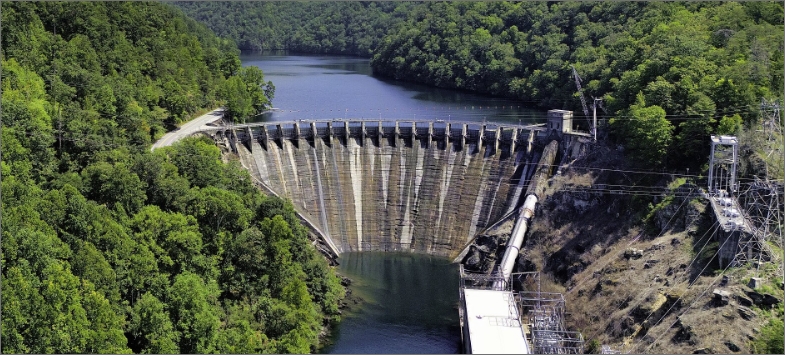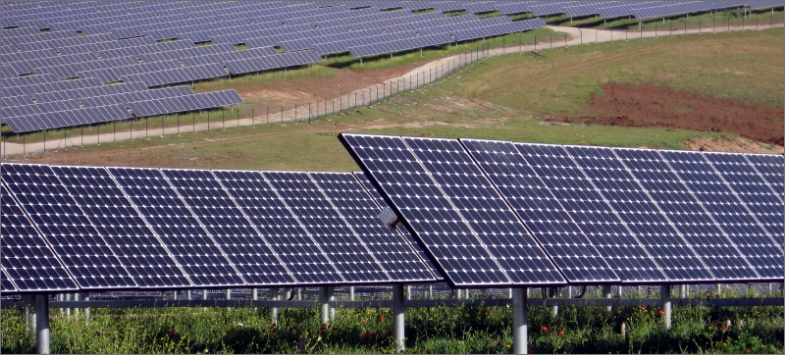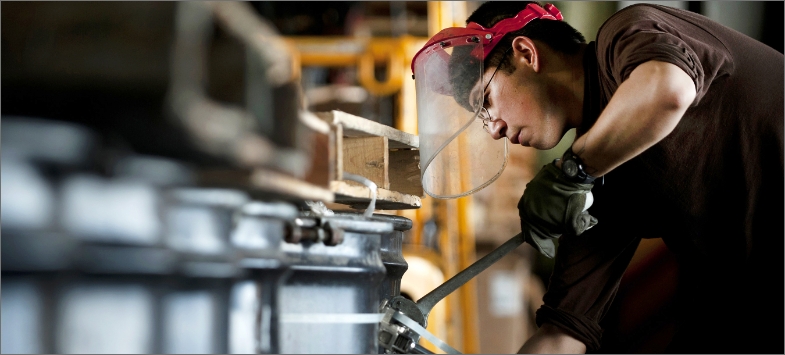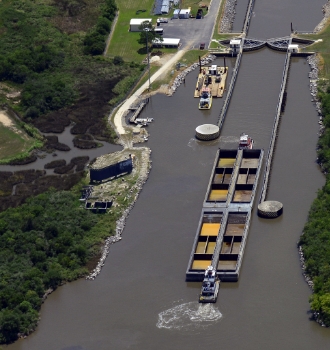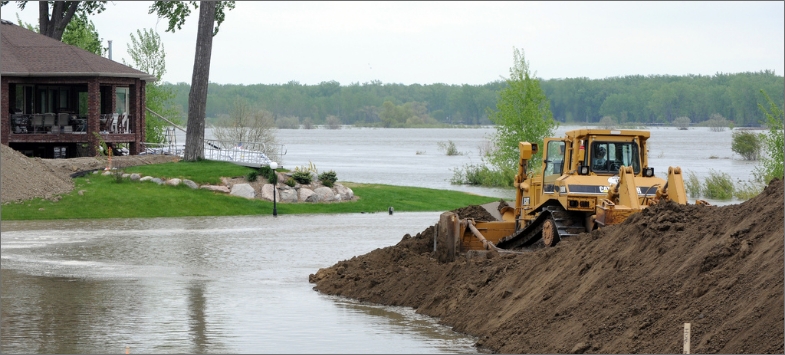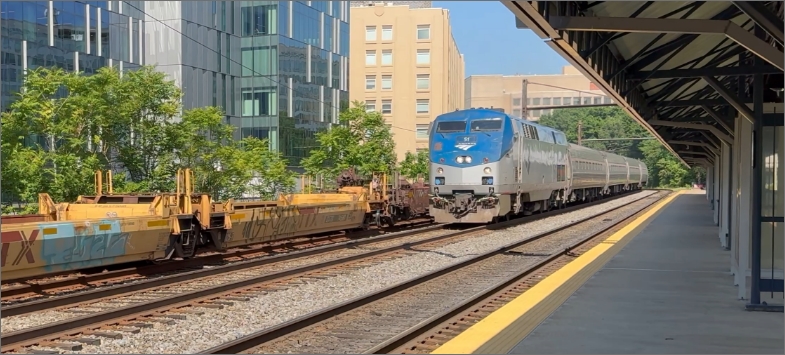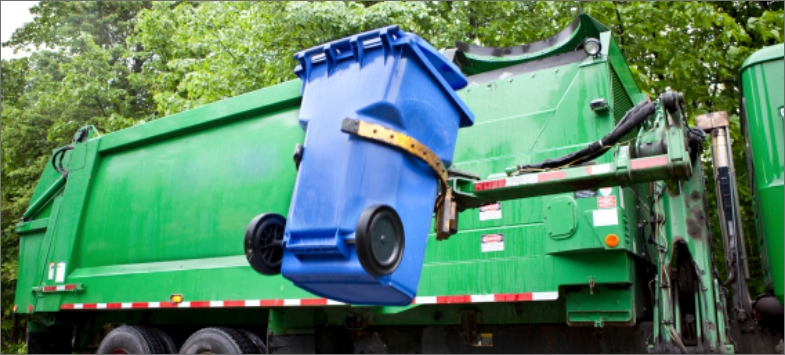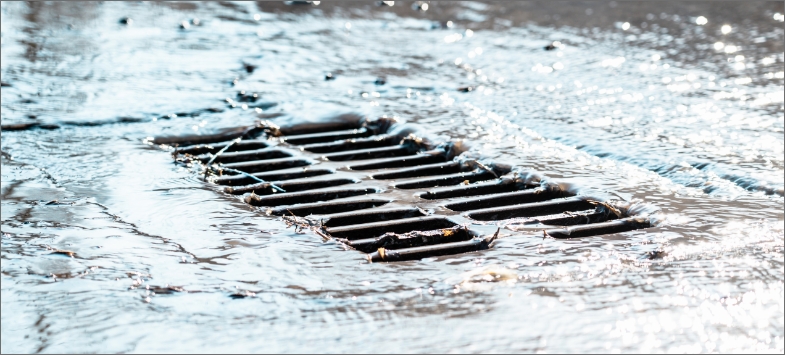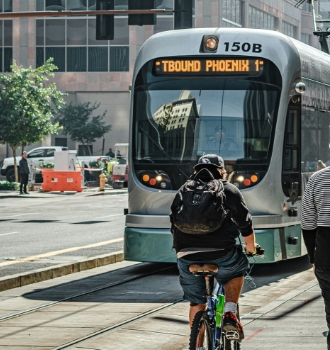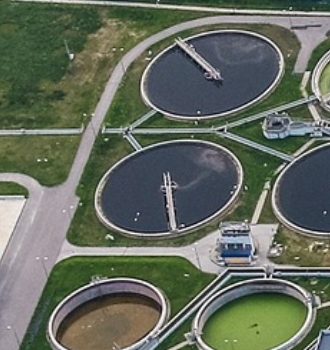The 2025 Report Card for America’s Infrastructure demonstrates that recent federal investments have positively affected many of the infrastructure sectors Americans rely on every day. As a result, incremental improvements were made across some of the historically lowest-graded categories in the Report Card.
Almost half of the 18 assessed categories saw increased grades and contributed to an overall grade improvement from C- to C. This is promising momentum, but sustained infrastructure investments are necessary to equip stakeholders with certainty for long-term planning and execution of policies and projects that fully realize the benefits of robust resources
The 2025 grades range from a B in ports to a D in stormwater and transit. For the first time since 1998, no Report Card categories were rated D−. Among the 18 categories assessed, eight saw grade increases. Many of those categories had been chronically stuck at D- or D for years. This improvement was possible due to the government and private sector prioritizing investments in systems that historically had received little attention. Two categories—energy and rail— were downgraded because of concerns related to capacity, future needs, and safety. Broadband was introduced as a graded category in 2025, coming in at a C+. Although evidence points to improvements throughout infrastructure’s system-of-systems, nine categories remained within the D range—a clear sign that more needs to be done to improve the health of America’s built environment.
Trends We See in US Infrastructure
Though distinct in function, the 18 infrastructure categories operate collectively to provide essential services for people and communities. Several key trends appeared in our review that indicate continued gaps despite recent infrastructure upgrades. The following trends are worth noting:
- Aging infrastructure systems are increasingly vulnerable to natural disasters and extreme weather events, creating unexpected and often avoidable risks to public safety and the economy. Climate-related challenges are widespread, affecting even regions previously resistant to these events: floods become more intense and occur more often, hurricanes create higher wind loads, and wildfires encroach more unpredictably. Investments in resilient infrastructure are consistently proven to be an effective use of limited public dollars, because they reduce costs in the long term, especially by minimizing rebuilding needs after a significant event. For instance, by adopting the most up-to-date codes and standards, communities will be better equipped to handle disasters and more responsibly deploy public resources.
- Recent federal and state investments have had a positive impact, but the full force of increased funding will take years to realize. Sustained investment is key to providing certainty and ensuring planning goes to development, as well as making larger infrastructure projects attainable. Before recent federal legislation, like 2021’s Infrastructure Investment and Jobs Act (IIJA), many of our infrastructure networks had been neglected for decades at the federal level. As time passed and investments failed to keep pace with demands, the backlog of maintenance projects grew. Meanwhile, demands on infrastructure systems have intensified apart from maintenance. Community expansion and usage trends, economic growth, unpredictable events, and new technologies have called for new plans and project design. These raised stakes require the federal government to continue prioritizing infrastructure investments. Therefore, federal decision-makers will need to preserve momentum from continued partnerships with state and local governments that match investments and facilitate planning. Considering the extensive time it takes to study, design, and complete projects, sustained investment at current or higher funding levels will be necessary for infrastructure to continue to improve.
- Unreliable or unavailable data on key performance indicators continues to impact certain infrastructure sectors. Sectors like school facilities, broadband, energy, levees, stormwater, and public parks continue to lack extensive public data. Robust information on asset conditions, capacity, operations, safety, or resilience enables proactive public discussion on infrastructure. Many infrastructure categories lack a basic inventory of assets and therefore are unable to implement asset management practices. Data—publicly available, routine, and reliable—should be standard across all infrastructure sectors to target investments and allow decision-makers to wisely allocate limited funding to needs. Through enhanced data, both efficiency and effectiveness of assets can be better achieved.





